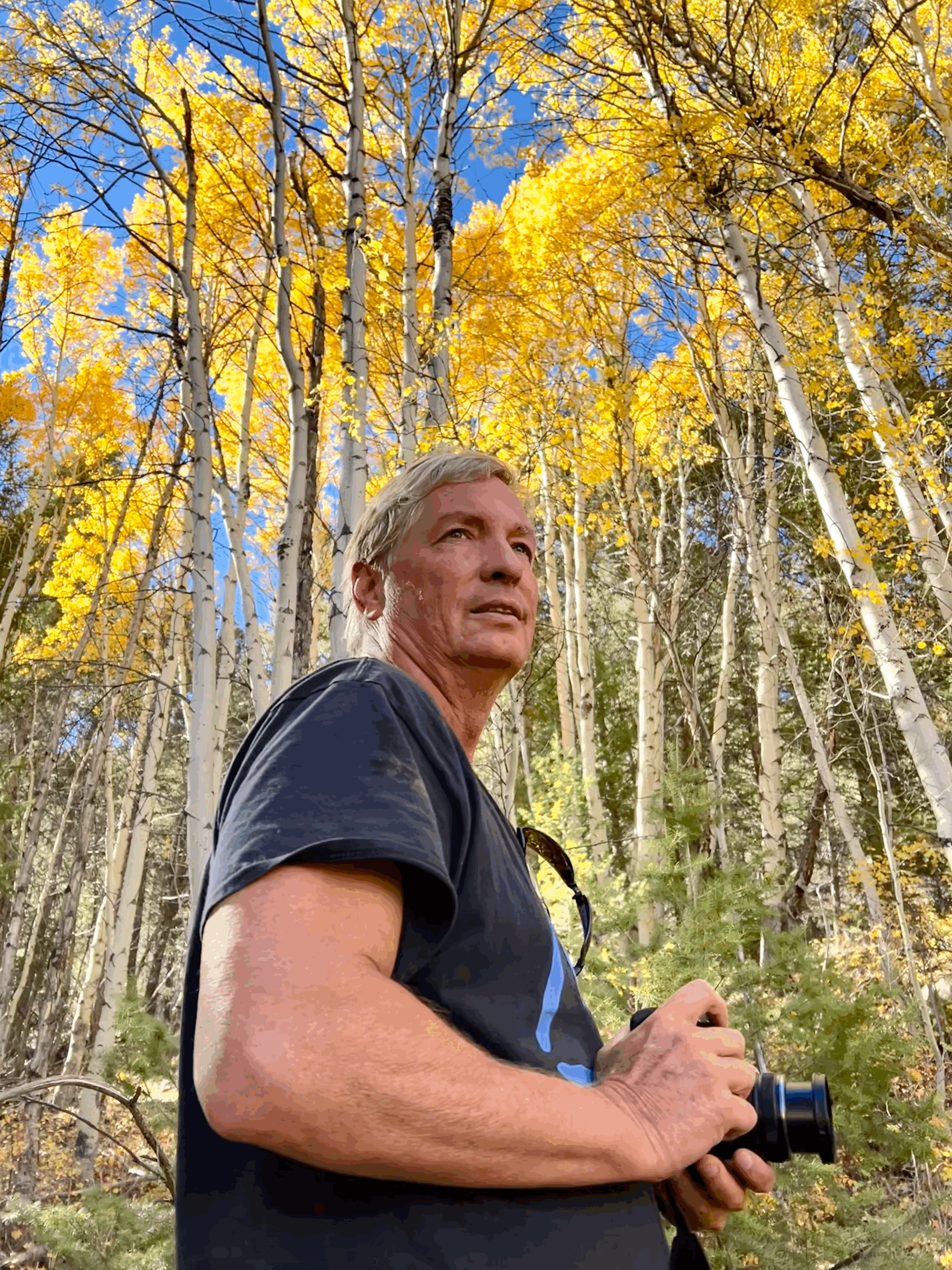Two Very Different Spiritual Places That Instill Awe and Connection with Nature
Summer Hike into the Grand Canyon and Winter Wonderland in Vancouver
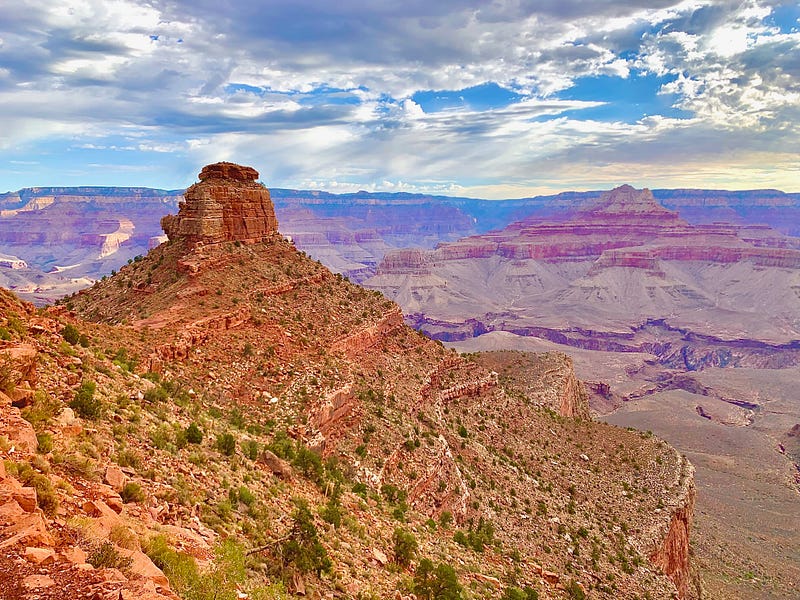
One of my friends has hiked down the Grand Canyon to the bottom from the rims and up eight times.
She told me hiking the Grand Canyon is her favourite place to reconnect and be in awe of nature.
She always says the place is sacred.
I never understood what she meant until I hiked down with her from the South Rim via the South Kaibab Trail a year ago to the bottom of the Canyon, my soul mesmerized by the rock formations and the vastness of the landscape, my feet cooled by the Colorado River, and my mind deeply connected with nature and the place’s history of its indigenous tribes.
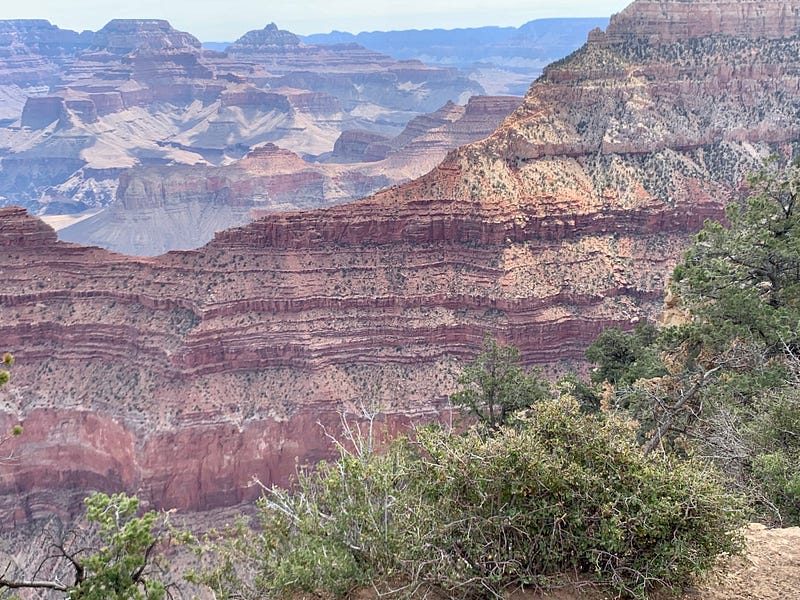
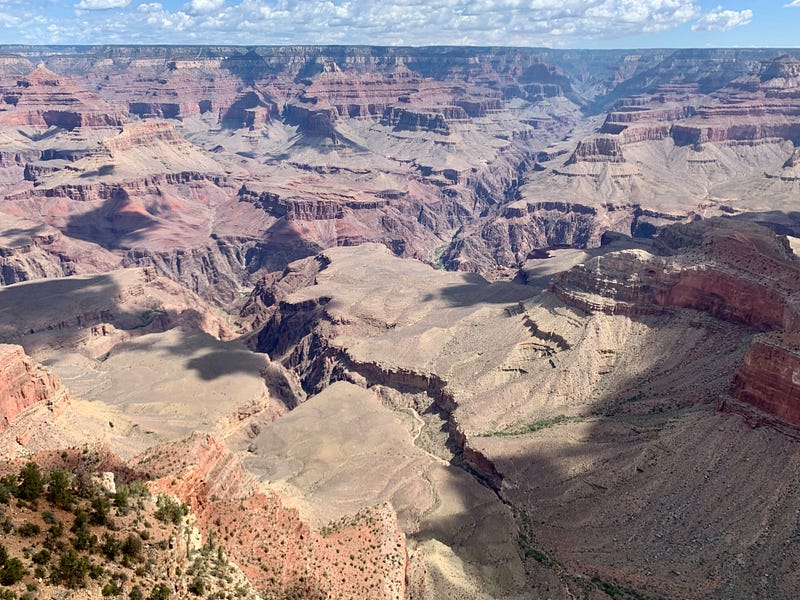

The Majestic Grand Canyon
Grand Canyon is called the most spectacular gorge in the world with paths twisting and turning 277 miles (446 km) long, 18 miles (29 km) wide, and a depth of over a mile (6,093 feet or 1,857 meters). Its geological history is traced back 2 billion years.
Before American President Roosevelt came and designated the Grand Canyon a national treasure, 11 indigenous Indian tribes used to call them homes, but the tribes were subsequently removed from their lands.
According to indigenous scholars Danelle Cooper, Treena Delormier, and Maile Taualii in the International Human Rights of Education, “Our environments are our cultural identities, origins, religions, and worldviews.”
The different tribes believed their ancestors emerged from the underworld, and when they died, their spirits returned to the Grand Canyon.
The Hopi tribe believe that their ancestors emerged from the underworld at the Sipapu, a landmark on the Little Colorado River. This is considered the original home of the tribe. The Hopi people also believe that their spirits live among the Grand Canyon, particularly in the clouds above it.~Rivers & Oceans
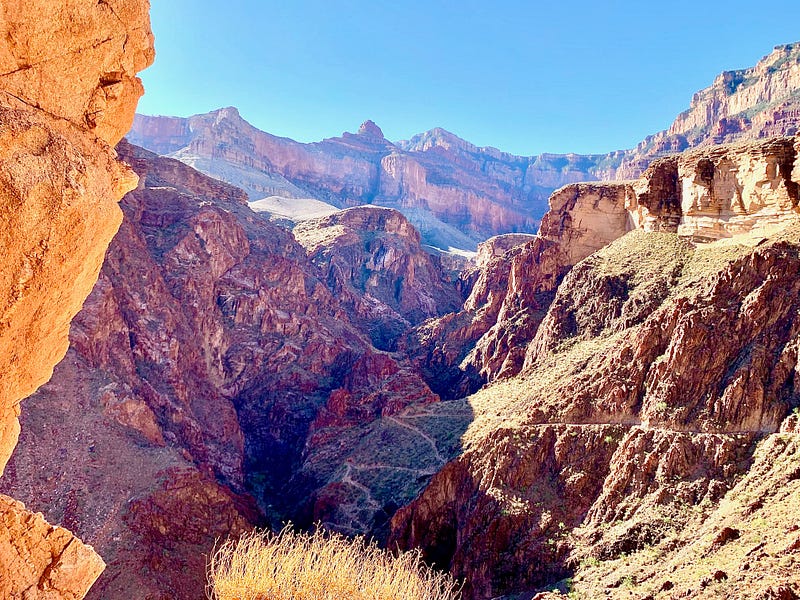
We started our hike at 5 am one June summer day when the weather was not too hot (the temperature reached 108°F or 42°C at the bottom of the valley.) As the light and the colourful patterns of the rocks appeared, I realized how insignificant I was and it was as if all negative thoughts had melted away.
Despite the heat and the length of the hike, my mouth was wide open in awe of the landscape, and I secretly looked for the spirits floating in the clouds.
Returning up was hard for me, not having trained before the big trip. I followed in the footsteps of my friends, one step at a time, hiking the rocky path with extreme focus. I had no other thoughts but to be 100 percent basked in the vast landscape and determined to be back up without a glitch!
Pondering on Spirituality
What was it I felt at Grand Canyon?
Dr Maya Spencer of the Royal College of Psychiatrists’ definition of spirituality fits the bill.
Spirituality involves the recognition of a feeling or sense or belief that there is something greater than myself, something more to being human than sensory experience, and that the greater whole of which we are part is cosmic or divine in nature.
Spirituality can be associated with religion and worship.
More fundamentally, it works on the soul or spirit, opening our hearts so we are not obsessed with our thoughts, creating new perspectives and horizons, and providing us with a sense of the divine whole we are in.
We may experience love, compassion, and clarity in the process.
A Winter Wonderland in the Middle of Vancouver
On Thanksgiving Day, we flew to Vancouver, British Columbia, which is 2 hours away from San Francisco.
If Californians marvel at their redwood and cypress trees, the British Colombians boast about their giant trees and their varieties including the Red Cedar, Douglas Fir, Sitka Spruce, and the Big Leaf Maples. As Vancouver is in a temperate climate biome, its mild weather and ample rainfall produce giant trees.
Despite the almost freezing weather, and at the recommendation of a good friend in Vancouver, I explored Vancouver City by subway and foot and visited two urban parks within 5 hours — the Queen Elizabeth Park and the VanDusen Botanical Garden.
First, I meandered in the winter wonderland in Queen Elizabeth Park, appreciating all the greeneries around me and the snow-covered mountains on the horizon. The park was pleasantly quiet and was all for me to enjoy.
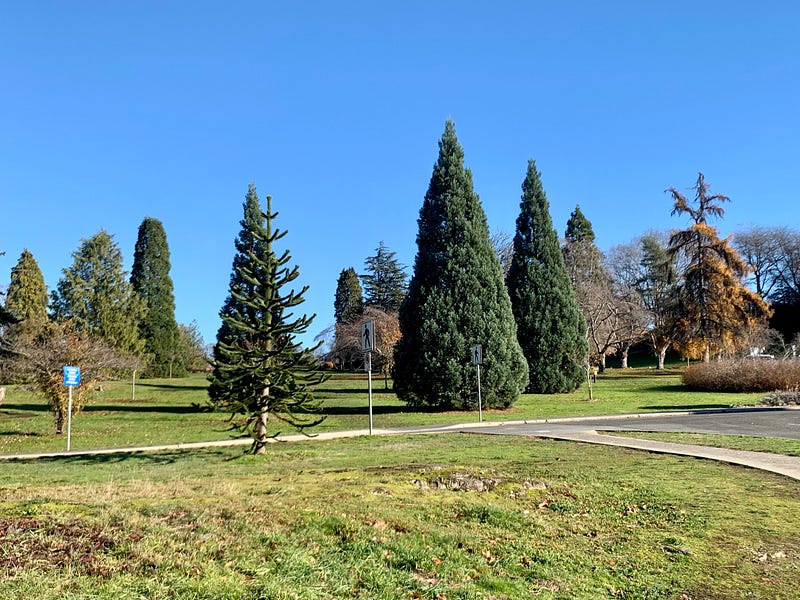



A few blocks away from Queen Elizabeth Park is the VanDusen Botanical Garden.
While you may question what there was to see in the winter as all the colours were gone, I was pleased to have discovered an urban oasis, which offered spirituality and peace.
I first stumbled upon the “Make-a-Wish” pond — I had not felt so much at peace since one of my dearest family members passed away three weeks before.
Prompted by “Make-a-Wish”, I prayed she is now resting peacefully and joyfully in a good place and for the rest of my family good health and happiness.
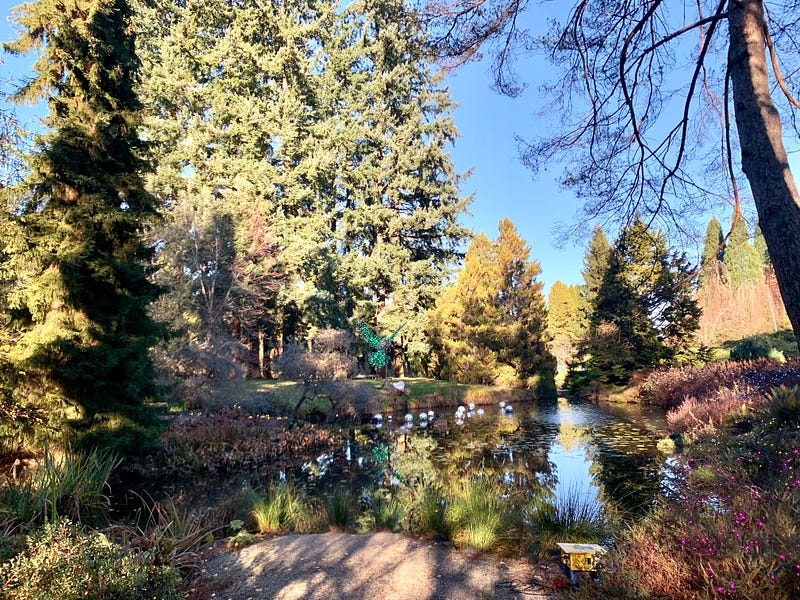
The deeper into the garden I went, the more contemplative places I discovered. I entered the “Resting Stop” (憩園) and meditated by the rock, breathing in, breathing out.
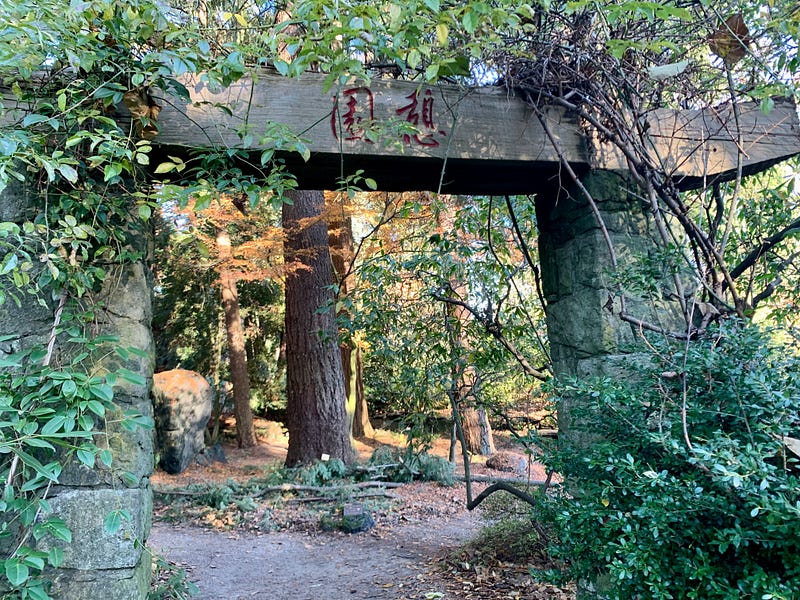
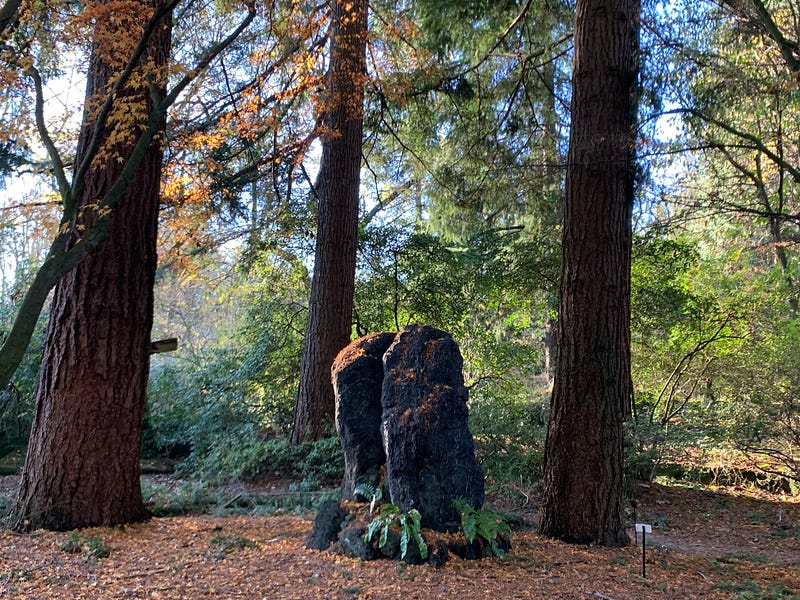
Not too far away, two large red chairs greeted me. If a man were sitting in the chair, you would think he was a baby from afar.
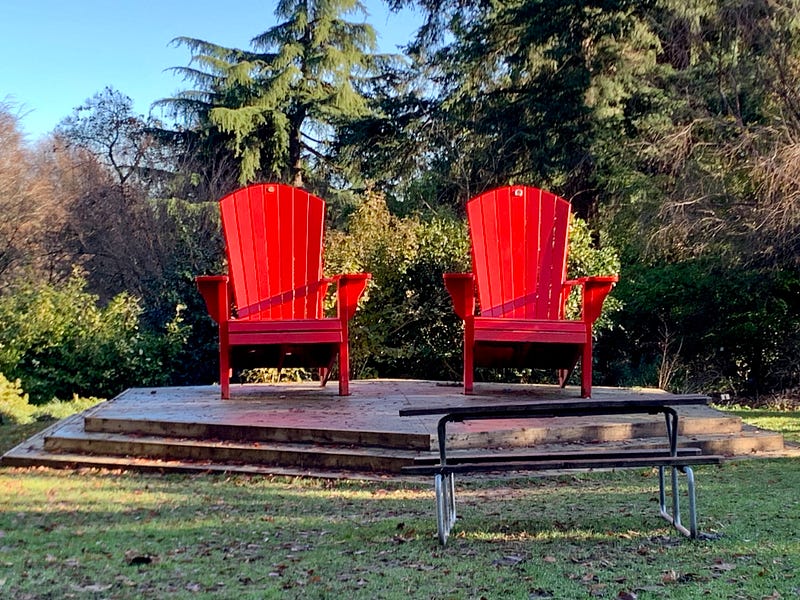
What comes next was even more endearing.
I entered the Festival of Lights, a winter wonderland with one million twinkling illuminations in the garden across 15 acres.
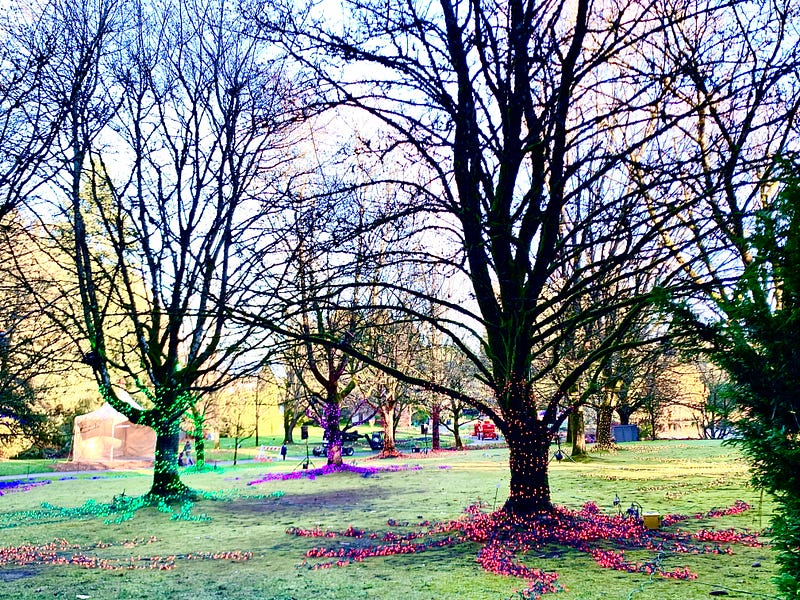






I looked for the Elizabeth Hedge Maze, which is one of the best parts of VanDusen. From Atlas Obscura, it is one of only six in North America.
Would I be confused, or would I carry on despite the many dead ends in life? The latter, I chose!





I hardly wanted this magical walk to end. The night lights would have been gorgeous had I stayed on.
At the exit of the garden is the Visitor Centre. I glanced at a few posters (mainly for kids) about plants and re-discovered the connections between plants and humans.
Plants build, inspire, colour and feed our world, heal and cleanse, and weave through cultures, forming a spiritual connection with us.
Plants give us positive energy and a new sense of being.
All we need to do is invite them into our dwellings, and we can tap into their positivity and spirituality at any time.

This is a response to Globetrotter’s December Monthly Challenge-Spiritual Sites created by editor Anne Bonfert.
I took a liberal interpretation of spiritual sites away from religious houses and explored nature as the best nurturer and energy provider for us, which is easily accessible.
I would like to share two other pieces of writing I thoroughly enjoyed:
Caterina — she shared with us her encounter with the orixá (deity) of the water.
Tim Ward, Mature Flâneur — he took us into the Bamboo forest in Kyoto and supplied a feast for our eyes.
Thank you for reading!
Wishing everyone a happy and prosperous 2024!




